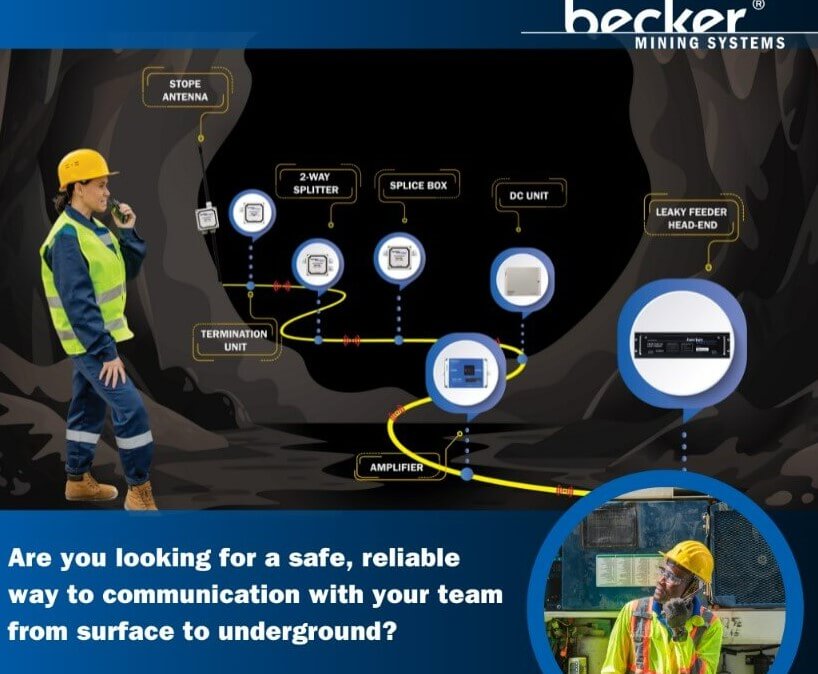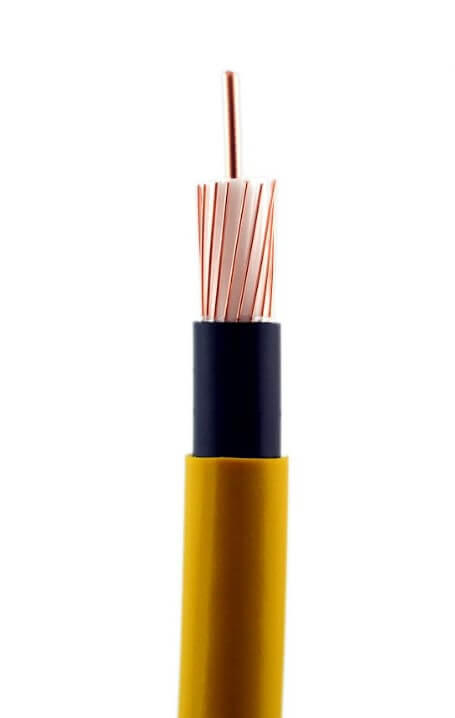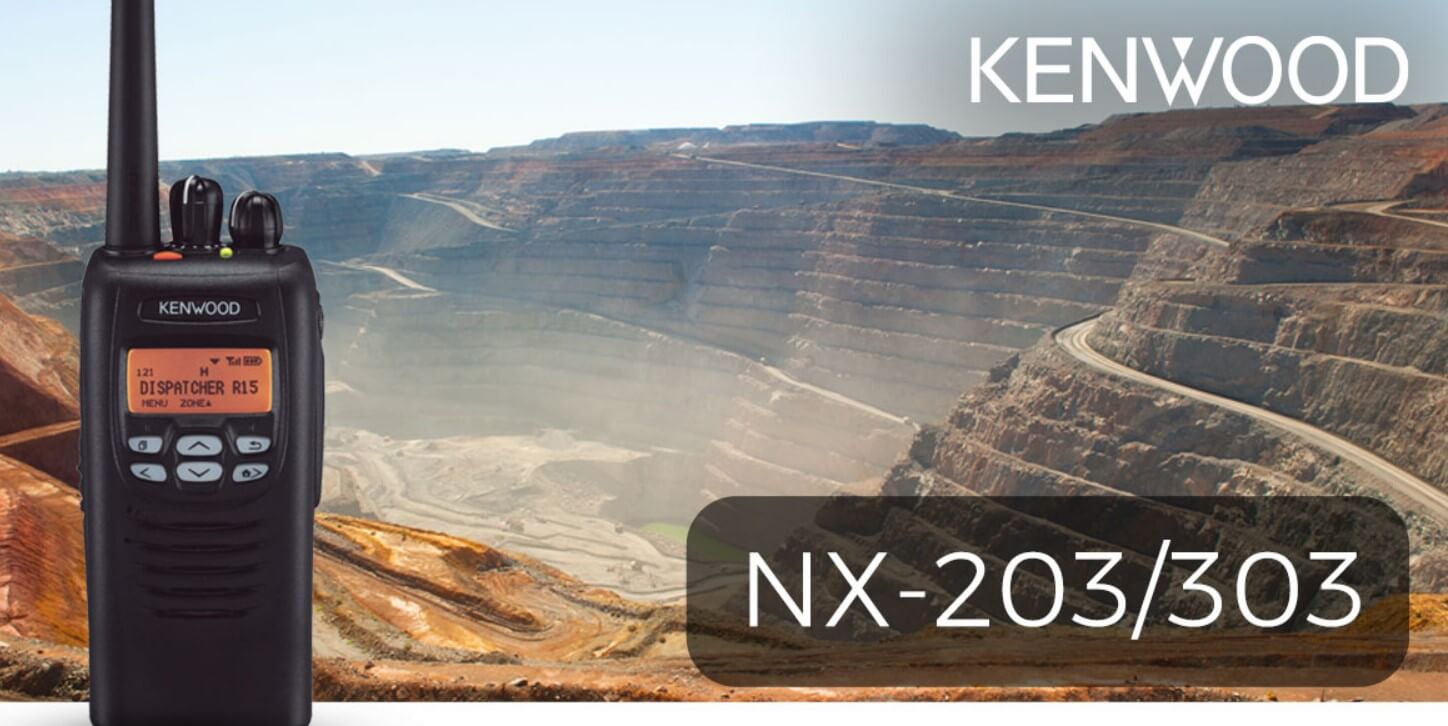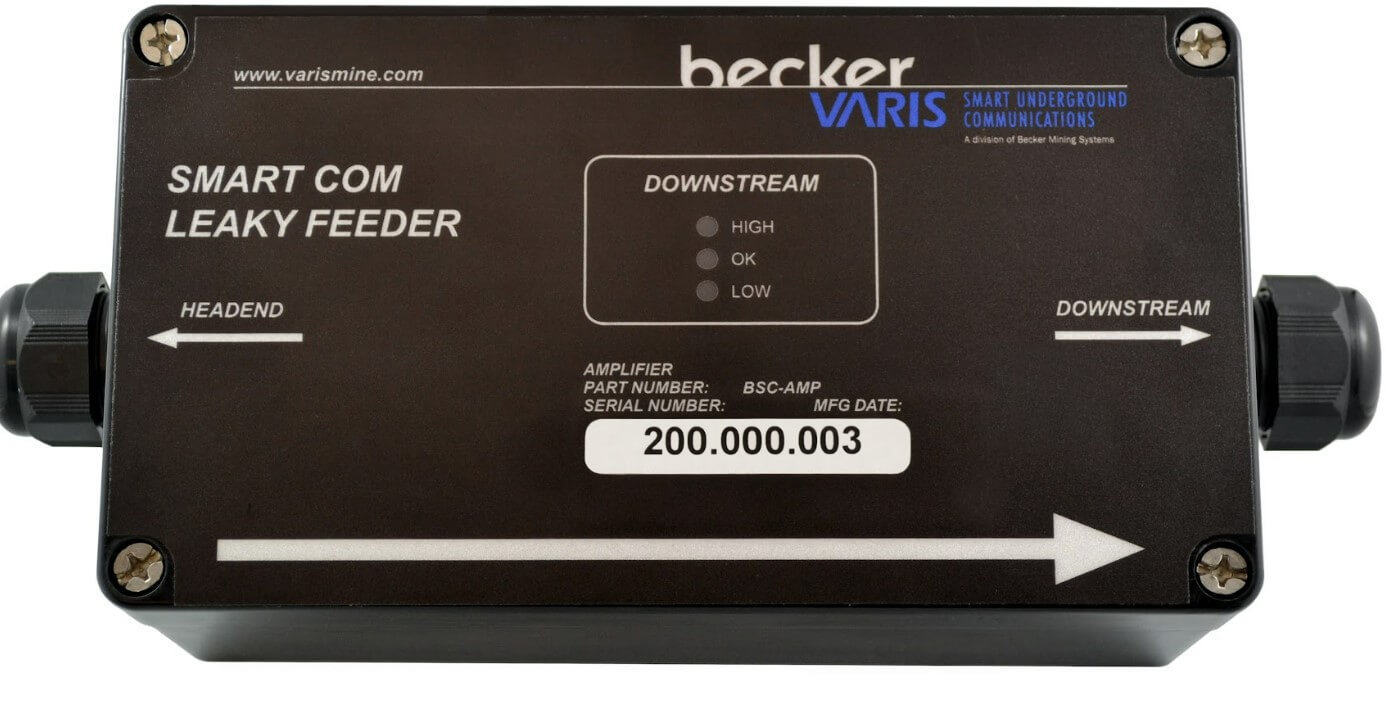When we think about radio waves, we usually picture them traveling through the air—beaming through cities, bouncing off mountains, and shooting into the sky from tall antennas. But what happens when you take those waves underground? In a world like mining, where communication is just as critical as the tools used to extract materials from the earth, understanding how radio waves behave beneath the surface is more than just fascinating—it’s essential. At Becker Wholesale Mine Supply, we’ve spent decades diving deep—literally and figuratively—into the challenges of underground communication. This blog explores a fundamental question that shapes safety and efficiency across countless underground operations: Can radio waves travel underground?
Can Radio Waves Travel Underground?









